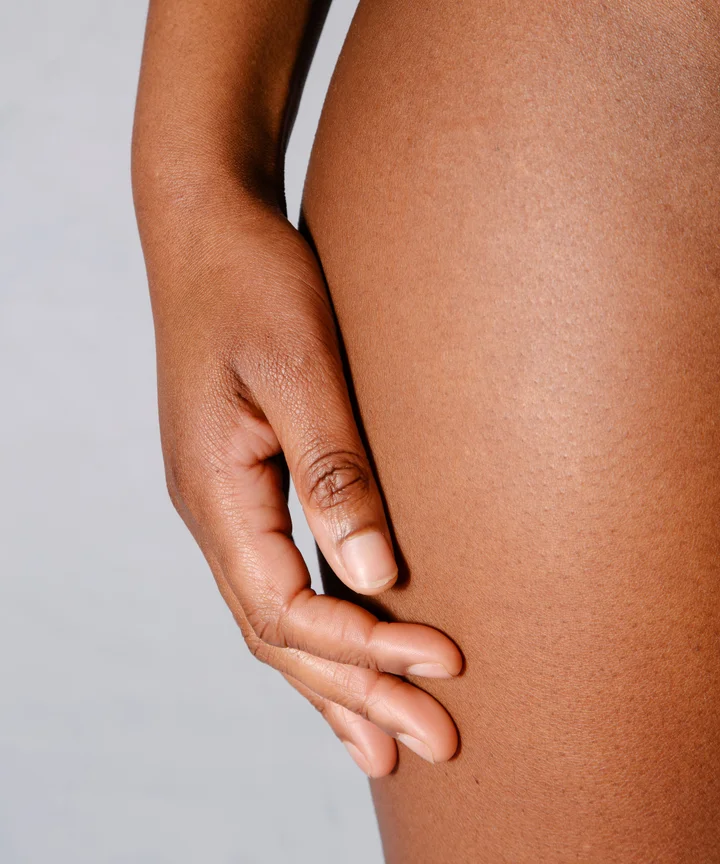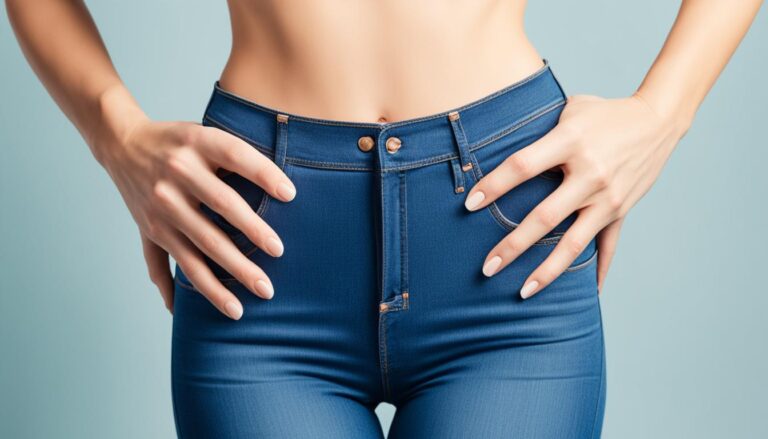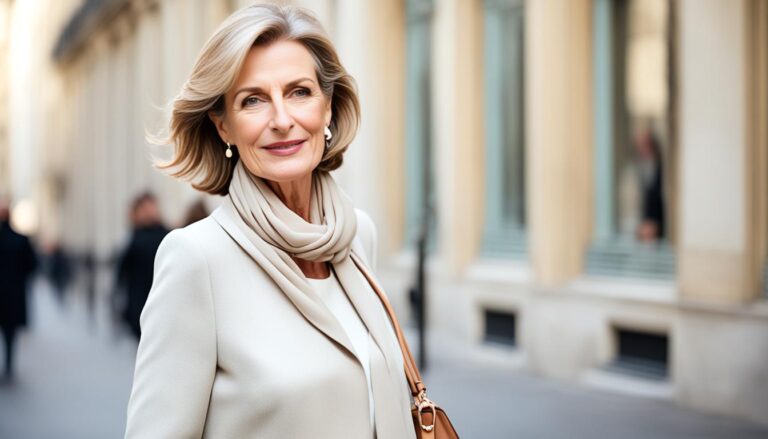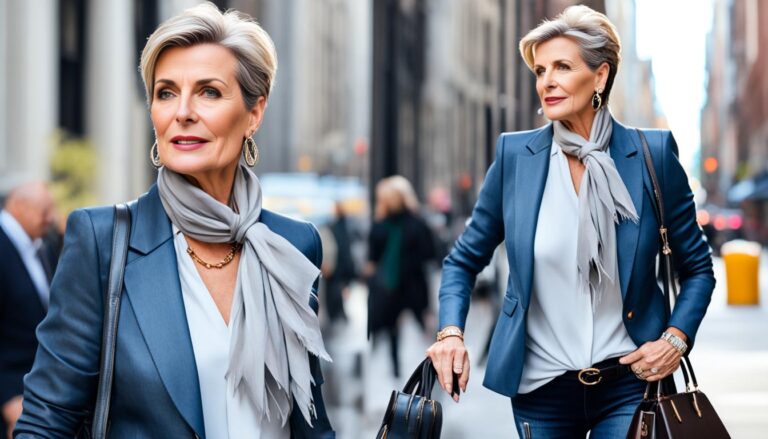What Is My Kibbe Body Type? Can I dress better?

How would you characterize your physical build if pressed to do so? You might use descriptors like “curvy” or “slim,” or if you’re a die-hard Trinny and Susannah fan, you might try to find an analogy in the world of fruit or inanimate objects (apple, vase, cello?). Perhaps you aren’t someone who would use labels like “flamboyant gamine” or “theatrical romantic,” but those descriptions fit you less well. Unless, of course, you believe in the Kibbe system of body types.
According to this article, the Kibbe system classifies people into one of 13 distinct body types based on their physical characteristics and their ‘personality traits. David Kibbe’s book Metamorphosis: Discover Your Image Identity and Dazzle as Only You Can from 1987 popularized the term. Fans of the Kibbe body type system say it has helped them understand their body/frame and, in turn, how to dress for it, and despite the book being out of print, it has recently found an increasing number of followers in groups on reddit, Facebook, and in communities on YouTube. This trend has only gained momentum since 2020. Commenter Savana King on YouTube put it this way: “Rather than trying to hide or minimize your physical characteristics, Kibbe advises you to celebrate and highlight them. Understanding my personality type has also helped me become a more eco-friendly shopper. This online store has saved me from being duped into purchasing trendy items that make me look like a Victorian baby.”
But what exactly are the body types?
It’s complicated and confusing. The system goes beyond reducing bodies to fruits, for example. Kibbe focuses on harmony and natural lines instead of symmetry. Thus, body type variations reflect human diversity.
You must understand yin and yang and contrast and blend to understand them. Yin and yang are feminine and masculine energy in the context of body types. This doesn’t mean a body type looks more masculine or feminine per se, but that the lines of your body are categorised by curves, round edges, and circles (yin) or by strong vertical lines, sharp edges, elongated outlines, and geometric shapes (yang) (yang). Keira Knightley has yang lines, while Marilyn Monroe has yin.
Contrast versus blend refers to yin and yang in a body. High contrast people have yin and yang features. Blended features are neither strongly yin nor strongly yang. Marion Cotillard is a blend of a’straight figure’ and a ‘hourglass’ Mia Farrow has contrasted features: a yang body and yin features (like her eyes).
Dramatic, natural, classic, gamine, and romantic are the categories. Tilda Swinton, Jennifer Aniston, Grace Kelly, Audrey Tautou, and Drew Barrymore are examples. Eight pure types are mixed, bringing the total to 13. Native lines of the body are defined along the yin/yang and contrast/blend spectrum, with the key components of bone structure, body flesh, and facial features used to determine your final type. Take this extensive quiz to learn your personality type… Indeed, I did warn you that the situation was convoluted.
Even though the Kibbe body type system is complex, it has a loyal (if small) following of people who are drawn to the system’s ostensible body positivity and its attention to detail. By emphasizing contour and skeletal structure, rather than size, we can appreciate and accept all bodies for what they are, rather than judge them based on how well they conform to the current fashion. It can be a relief for some people to understand how they look beyond the vague terms of ‘body positivity,’ especially when a particular body type is so fetishized, especially on Instagram (tiny waist, big hips and butt, bigger bust).
David Kibbe thought that this kind of theory could be used to style people while simultaneously honoring their uniqueness rather than promoting a generic ideal of beauty.
One of the most influential advocates of this system is the fashion blog The Concept Wardrobe. And they say “Kibbe suggests that the key to finding inner harmony is celebrating and emphasizing one’s unique physical make-up. In addition, Kibbe recommends going for a more natural look rather than blindly following the latest trends.”
The psychological appeal of self-analysis through complex quizzes is another major draw. You can learn a lot about yourself by taking a quiz, whether it’s to determine your Myers-Briggs personality type, interpret your natal chart, or determine your Succession character archetype (I’m a Shiv). It’s lighthearted, gratifying, and almost soothing. The Kibbe body type test is no different, and it even has the added appeal of asking questions about the aspects of ourselves we are conditioned to worry about the most: our appearance and how we feel about it.
However, for every supporter of the system, there is a skeptic. A YouTuber named Tiffany Ferguson, in a video titled “Deep Dive Into The Kibbe Body Types” criticizes the book for using almost exclusively white women as examples of each body type. To be clear, this does not imply that the system is inherently exclusive; rather, it suggests that the community and movement are not as welcoming to outsiders as they claim to be.
Kibbe Body Type Test
The quiz also promotes an unhealthy fixation on physical characteristics, especially your “flesh.” It can be unsettling to examine oneself so openly and in such depth, whether or not the very word “analysis” causes one to wince. Particularly so if you have a history of body dysmorphia, poor body image, or an eating disorder. Reintroducing fixation on one’s body, even if the gaze is not judgmental, may be triggering for those who have struggled with disordered eating and body image issues and are in the process of recovery.
The ultimate goal of the Kibbe test is the same: to teach you how to dress ‘flatteringly’ for your body type. There’s an entire page dedicated to helping you determine the best (and worst) patterns, dress shapes, colors, and fabric weights for your body type. Kibbe suggests that your entire wardrobe be planned around your type. However, others may find the structure too limiting and unwieldy to be of any real help. Further, introducing such limitations can contribute to the narrative that overweight people shouldn’t wear formless dresses or suits, which is a cultural norm that is difficult to disentangle.
Is this information about yourself mandatory? How you currently relate to your body is a major factor, as is the type of person you are. It’s wonderful if it allows you to accept your body and feel good in the clothes you wear. The same goes for avoiding restrictive measures that could potentially become a source of stress. And if you fall somewhere in the middle, you can spend a pleasant hour taking your own measurements and doing some simple math.
You May Also Like:
· How to dress to hide belly fat 2023
· How Big Is A C Cup Bra? Sizes & Measurements
· WHY IS MY HAIR CURLY AND STRAIGHT AT THE SAME TIME?
· Cosrx Acne Master Pimple Patch Ultimate Review
SOURCES:
https://www.fabulousafter40.com/formal-dresses-that-hide-belly-bulge/
https://www.stylecraze.com/articles/best-formal-dresses-that-hide-belly-bulge/
https://www.jjshouse.co.uk/popular/S/Special-Occasion-Dresses-That-Hide-A-Fat-Belly








